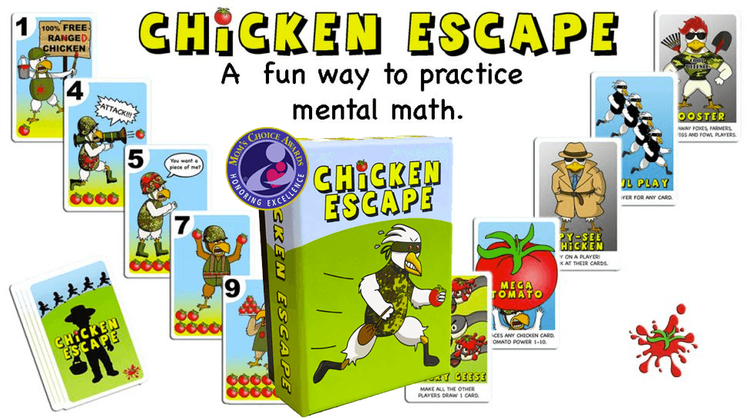Differentiating math instruction
In a typical classroom of 25 students a teacher will find a variety of academic needs. Different academic needs means different abilities in the understanding of math concepts and different learning styles. Therefore, the instruction needs to be organized and adjusted to meet all the students’ needs and help them reach their full potential. This is why differentiation of instruction is very important.
To differentiate the instruction means to adjust the curriculum, which is divided into content, process and product. Content is the information (concepts) and skills that students learn. Process is the way they will learn it (instructional methods) and product is how the students will demonstrate the new knowledge.
The following strategies help to implement differentiation in mathematics successfully.
Assess students’ readiness
For a teacher to be able to teach a student successfully they must determine their readiness. Readiness includes everything the student already knows and the concepts they need to work on. This can be accomplished with formative assesments. Formative assesments will help to evaluate the student’s understanding set learning targets, and determine a level of challenge to ensure the student’s ongoing learning. Tracking the student’s progress daily will inform the teacher about who needs interventions for scaffolds or greater complexity and challenge.
Get to know your students’ interests and learning styles.
The student’s interests and learning style play an important role in their learning. Interests are the things the students care about, and knowing them will help you design lessons that they can identify with, lessons that will keep them interested and engaged. Students learn best in different ways/styles. Visual learners learn with models and picture representations while kinesthetic learners need hands-on experiences and movement. Auditory learners prefer to communicate and talk to each other, and read/write learners need to use a recording sheet to find their solution. Interviewing students about learning styles along with observation will help you determine their learning style and get to know their interests and preferences.
Adjust the content and process and product to the students’ needs
Once you have a clear idea about each student’s readiness, interests and learning styles you need to adjust the content and the process. To provide diverse materials and teaching methods you can:
- Present/illustrate new material/concepts in different ways. Technology provides the teacher with alternative tools/ways to present a new concept (interactive visualization, videos). You can also present a new concept with lectures and questions, classroom discussion, group discussion, hands-on or Simulation, or student presentation.
- Create learning stations through which students will rotate. Each station might provide a different way of presenting/explaining the new concept or a different kind of practice.
- Use task cards, which can be coded according to the level of difficulty or learning style.
- Use the Think-Pair-Share Strategy. Students start by individually thinking about how to solve a problem. Next, they are paired together to discuss their results and compare ideas. At the end, each pair shares their ideas with the rest of the class, which leads to further discussion.
- Group students with similar learning styles from time to time in order to provide the best instruction for each group. This will encourage like-minded students to support each other’s learning and cooperate effectively.
- Provide opportunities for cooperative work in mixed groups often. Working in a unique group allows students to learn from each other.
- Provide tasks for cooperative work that are structured so that each group member contributes to the completion of the task.
- Come together after students work on a problem and have each group share their findings and ideas. Creating a group discussion after differentiating allows students to see how their peers think and encourages them to understand new perspectives.
- Let students choose which method/strategy they’ll use to solve a problem (draw a picture, make a diagram, use a table, make a list, find a pattern and ask them to explain their work.
- Allow students to choose the tools to use (string instead Base Ten blocks).
- Relate Math to Personal Interests and provide everyday examples. By linking math to students’ interests and providing real-world examples will help students grasp new math concepts.
- Use Math EdTech that adjusts itself to each Student. Carefully selected digital math tools/games encourage self-paced math practice in and out of school and keep the students engaged.
- Many digital math apps allow parents and teachers to select the skills to be practiced and to track and assess the student’s progress. A few examples are: https://www.prodigygame.com https://www.splashmath.com/
- Allow the students to demonstrate their new knowledge in a variety of ways to help them develop their independence as learners. There are many creative ways for students to communicate what they learned like posters, presentations, animations, videos, role-playing, journals, websites and more.
In conclusion, differentiating instruction is all about providing instruction tailored to each student’s needs. Teachers differentiate content, process and products as well as the learning environment. However, accurate on-going assessment is vital to the success of differentiation.



